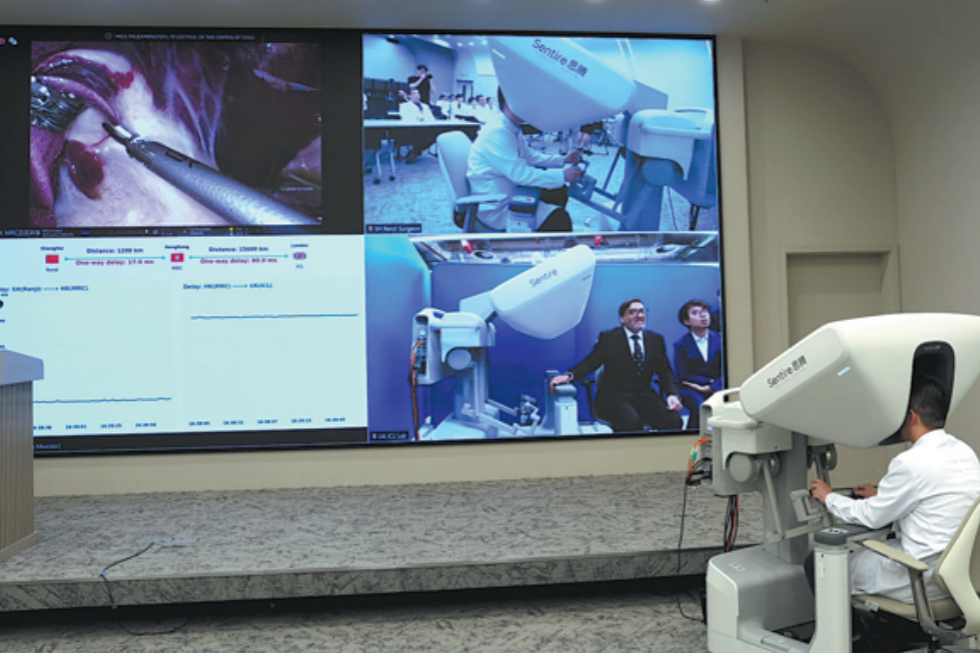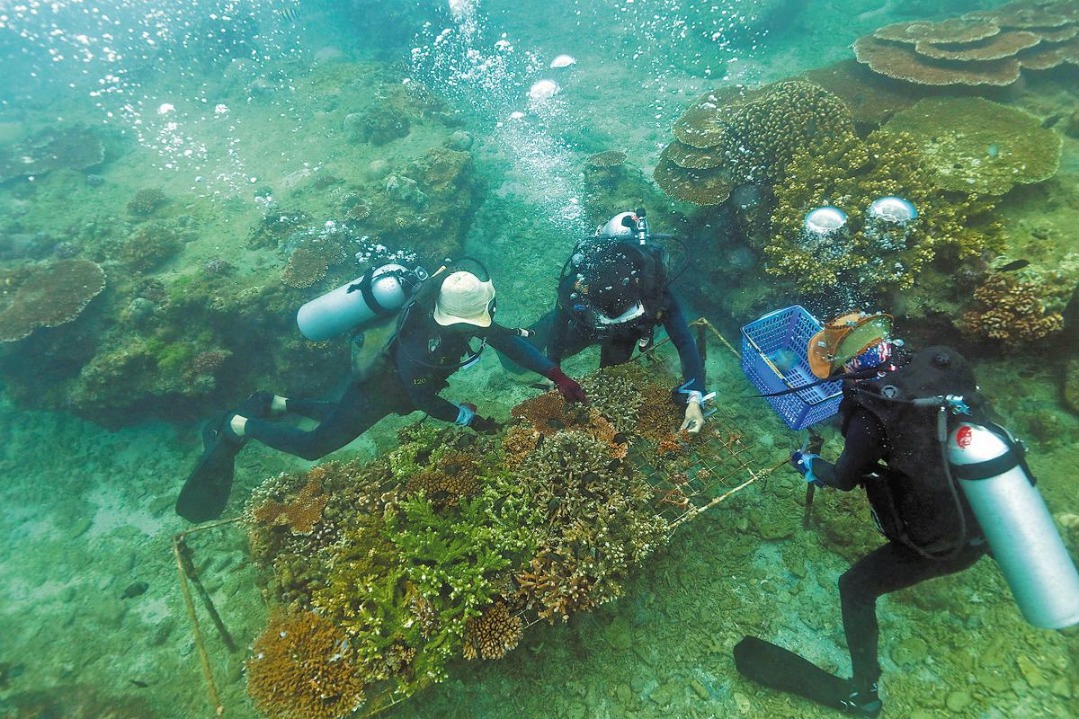Field visits still vital in monitoring of disasters

While technological advancements have revolutionized the monitoring of geological hazards and the issuance of early warnings, geologists emphasized the enduring importance of field visits during a recent routine excursion.
"Our country has long achieved automation and made significant strides in the intelligent evolution of geological hazard risk monitoring and early warning technology," said Cao Ying, deputy head of the Beijing Institute of Geological Hazard Prevention, during a visit to Shijiaying town in Beijing's Fangshan district — an area prone to landslides.
"Currently, information technology development is underway to further enhance accuracy and efficiency," Cao said, noting that Beijing has launched initiatives, including a big data integration platform, and has begun using auxiliary tools such as data modeling and deep learning algorithms.
These efforts, she said, are the result of geologists' continued commitment to protecting lives.
Reflecting on more than 20 years in the field, senior engineer Chen Hongqi from the China Institute for Geo-Environmental Monitoring recalled the days of manually combing through villages and unpopulated zones to identify risk points — a process he said was inefficient and prone to oversight when relying solely on visual inspections.
Now, with the integration of sensor technology, satellite imagery, unmanned aerial vehicle patrols and artificial intelligence, the detection of subtle geological changes has become faster and more direct, Chen said.
Jiao Runcheng, a researcher at the Beijing Institute of Geological Hazard Prevention, pointed to the MPDMR-HSB slope deformation monitoring radar, a self-developed Chinese system capable of collecting surface deformation data with millimeter-level precision by transmitting and receiving radar signals. When preset thresholds are exceeded, alerts are triggered to assist in slope stability evaluations and risk assessments.
"The concealment and complexity of geological disasters have increased in recent years due to human socioeconomic activity and extreme weather events," Chen said. "Although these technological advancements are crucial, hands-on expertise and onsite visits still play a pivotal role. "
Given China's diverse geological conditions and shifting landforms, each potential disaster must be considered in its unique time and space context, he added.
If 50 out of 100 risk points identified by satellite remote sensing are confirmed through field visits, that already represents a high level of accuracy, Chen said.
He also called for viewing debris flows and landslides as natural phenomena rather than outright disasters. Steep terrain, fractured rocks and erosion from flowing water are natural factors behind such events, he said, adding they are only classified as disasters when they cause harm to people.
"It is crucial to engage the public in monitoring efforts, as they possess firsthand information about changes in their surroundings," Chen said. "In addition, we should provide them with the necessary knowledge about disaster prevention and mitigation."
In many areas prone to geological disasters, voluntary patrol teams have been established to detect, report and respond to potential risks.
Dong Ming, a 54-year-old Shijiaying resident who has been a member of the town's patrol team for four years, said he has memorized the position of every tree and stone in his designated area. During the non-flood season, he conducts weekly patrols, capturing photos and videos of potential hazards for expert review. As the flood season nears, his patrols increase to daily checks.
Dong said scientific forecasts must translate into action and that the support and recognition he receives from villagers give him a strong sense of fulfillment.
"We hope technological informatization and intelligentization can progress in ways that help the public understand complex data, enabling targeted risk reduction strategies and better emergency response plans," said Xing Gulian of the China Institute for Geo-Environmental Monitoring.
Today's Top News
- Digital countryside fueling reverse urbanization
- 'Sky Eye' helps unlock mysteries of the universe
- China offers LAC development dividend
- Future sectors to receive more play
- Nation sets its sights on export boost
- China to open its door to foreign investment wider






























